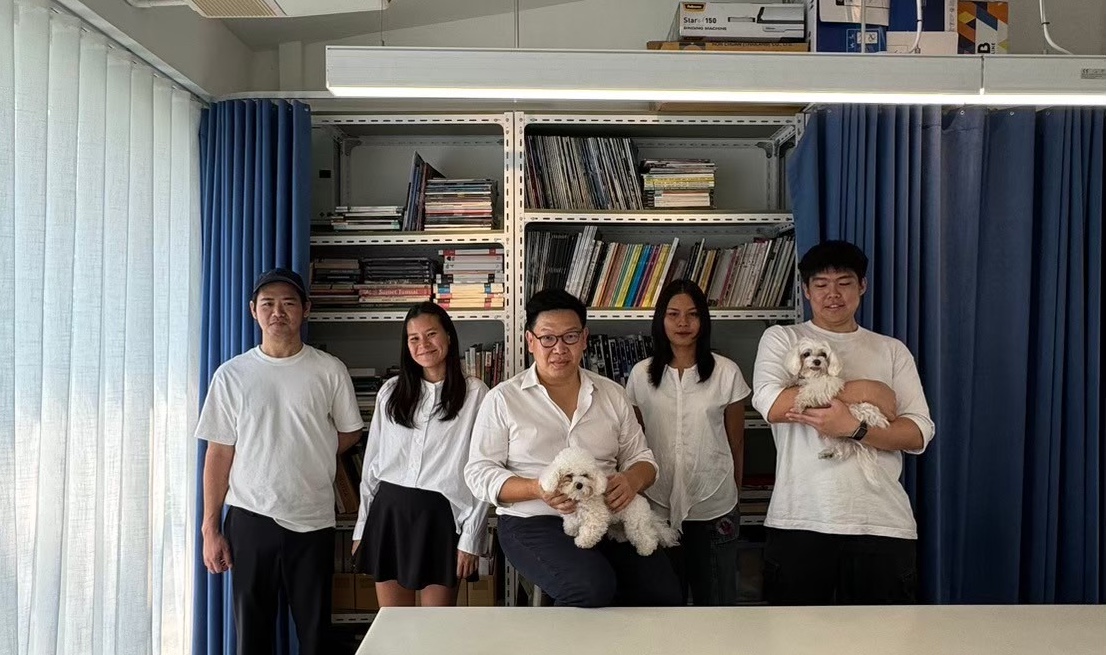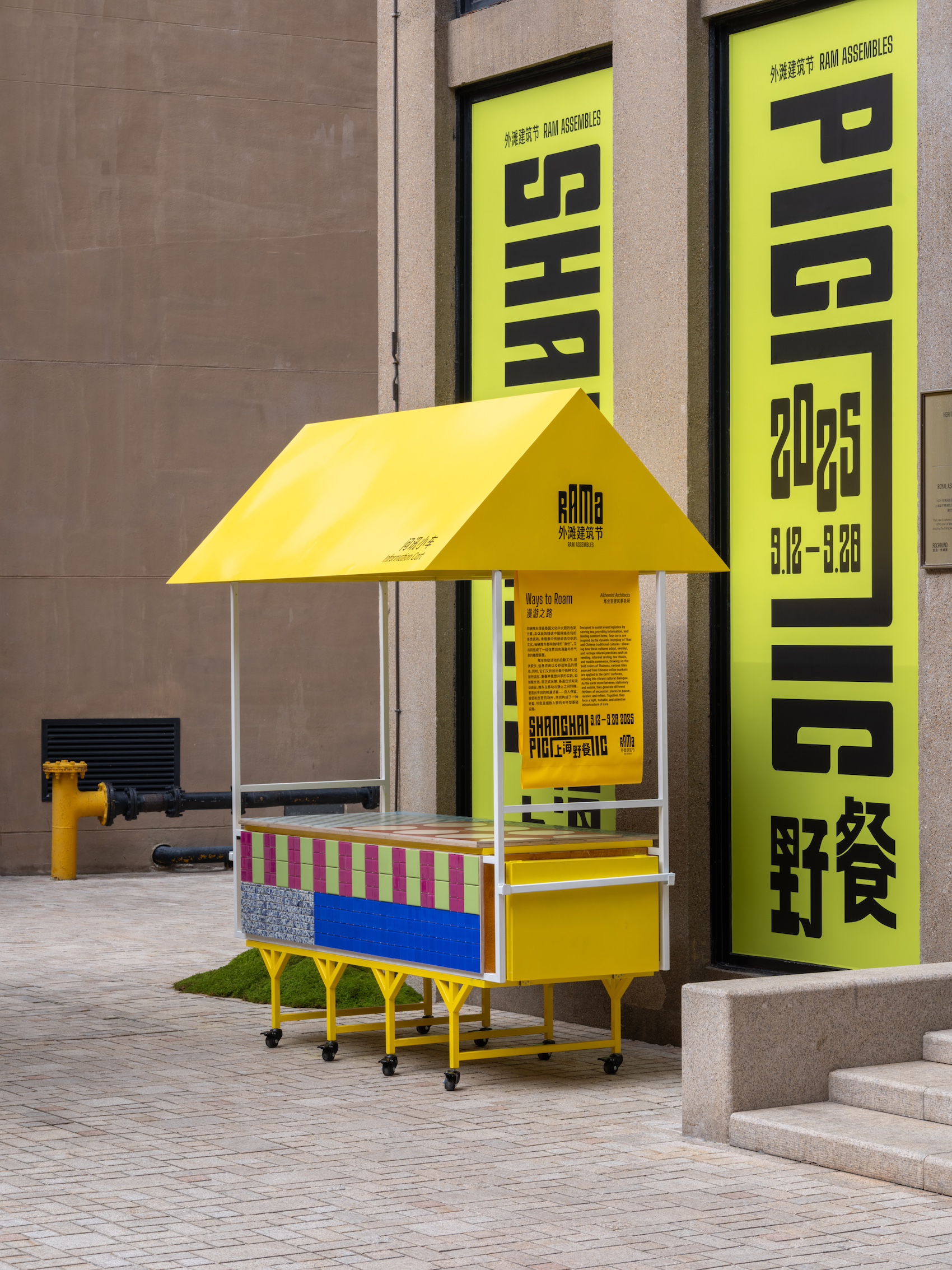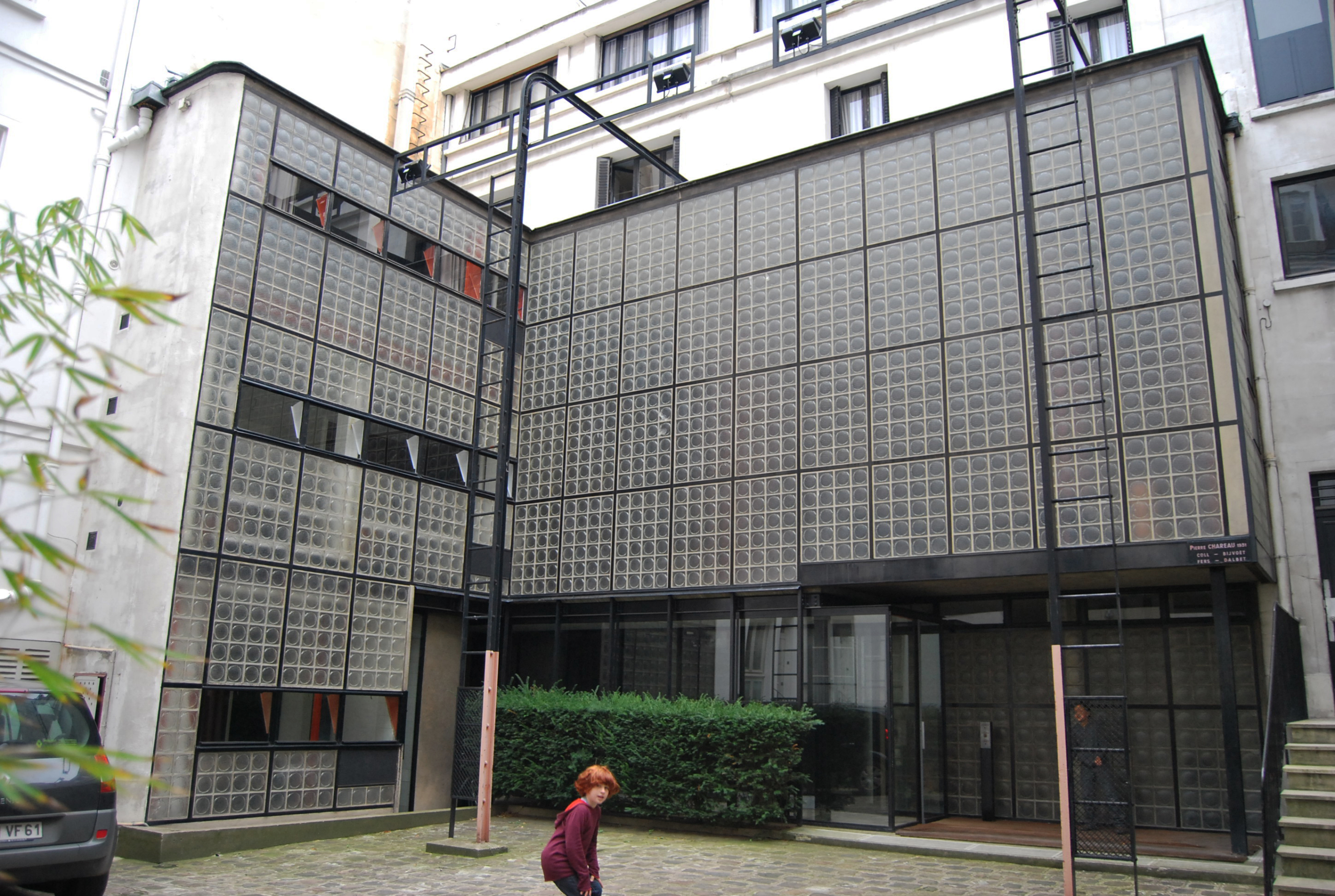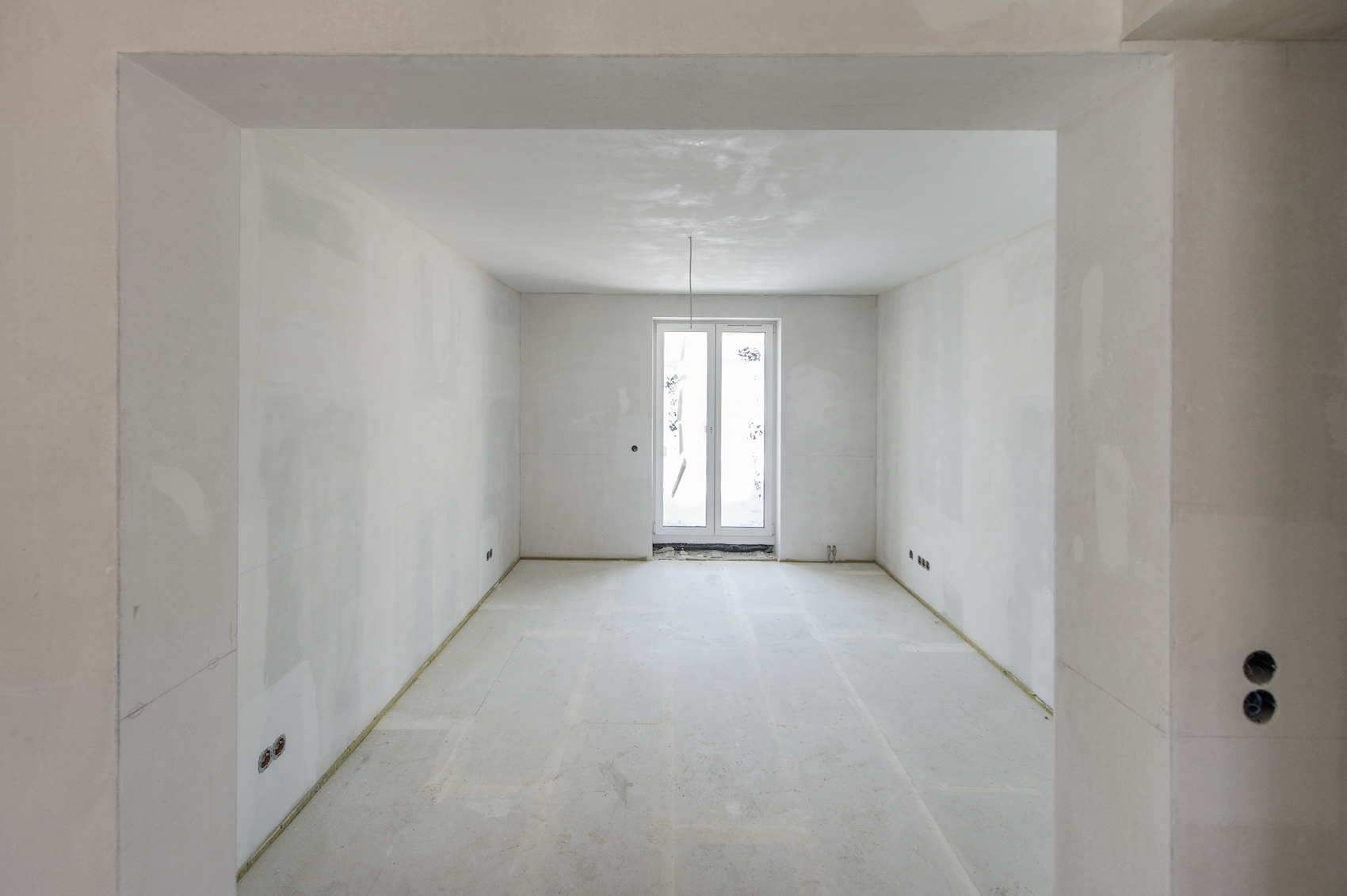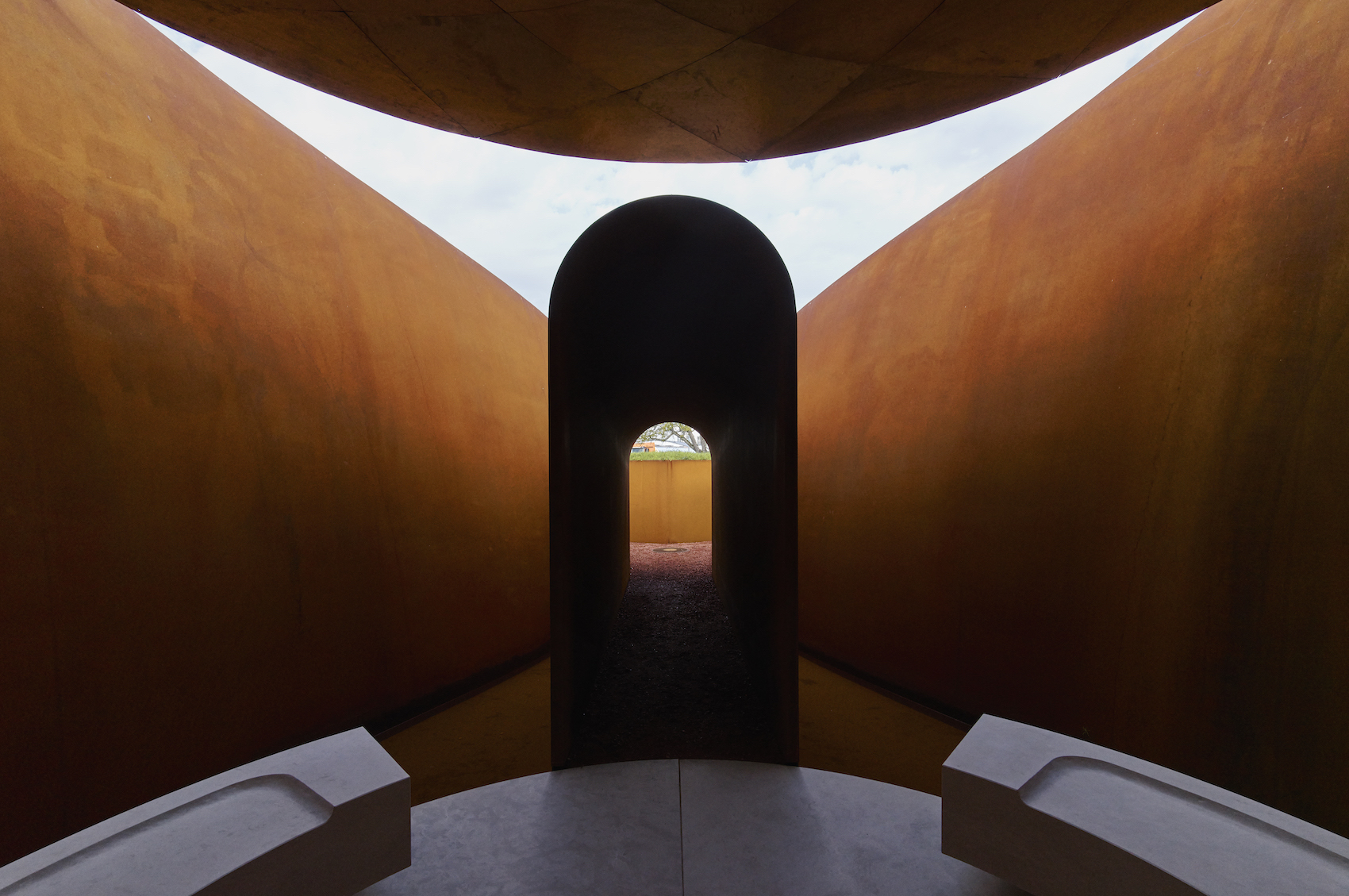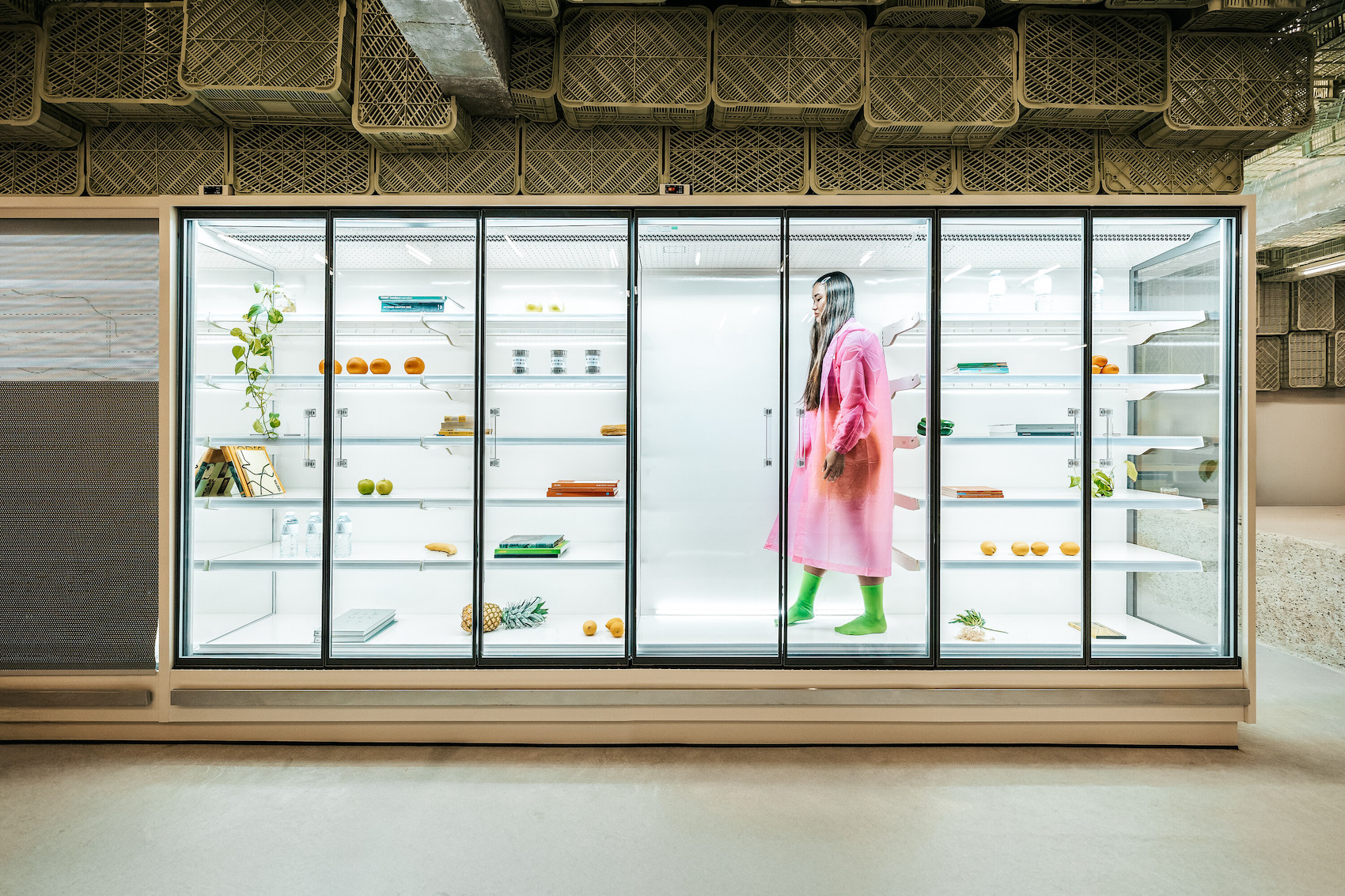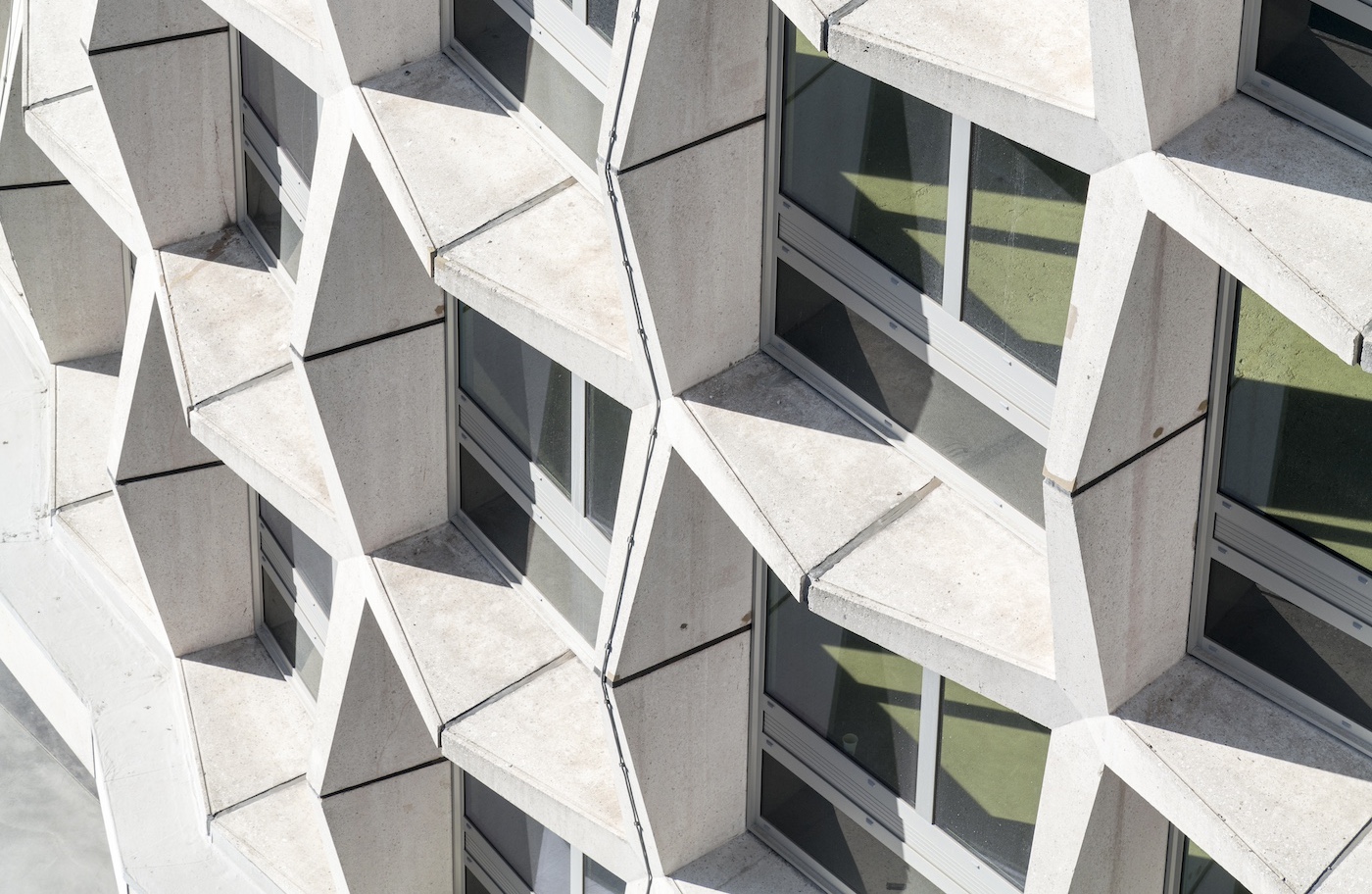We spoke to Kraipol Jayanetra of Alkhemist Architects about the studio’s playful contribution to the ‘Shanghai Picnic’ architecture biennial. Using on four colourful mobile carts, the project explores informality, improvisation and spirit in the city.
How do you define architecture within your practice, and what ideas guided your approach to Shanghai Picnic?
For us, architecture is not a fixed solution but a responsive framework — something that shifts with context, conversation, and culture. In Shanghai, we wanted to explore how moments of spontaneity could exist within a city that has perfected its own sense of order. Shanghai Picnic became an experiment in how small disruptions might bring life back into a polished environment.
Can you describe the concept and intent behind the mobile carts?
Our contribution took the form of four mobile carts — each offering tea, comfort, or shade — yet together they act as subtle catalysts for festivity. We were fascinated by the idea of “hacking” the sanitised urban condition. Shanghai, in its pursuit of world-class modernity, has become beautifully refined, but perhaps a little too perfect. The carts, modest and mobile, introduce a small “contamination” — a playful disorder that reminds us that cities thrive on imperfection.
How has your experience of Asian urbanism shaped this approach?
This thinking comes from our experience of Asian urbanism, where order and informality often share the same street. In Bangkok, the city constantly rewrites itself — shopfronts become kitchens, sidewalks turn into dining rooms. Everyday life flows through adaptation and reuse.
You’ve mentioned the influence of animism in Thai culture. How does that intersect with your design thinking?
At the same time, Thai culture carries an animistic worldview — where objects, trees, and corners hold presence and spirit. These two sensibilities, improvisation and animism, are not directly related, but they coexist naturally in our daily environment. In the carts, we chose to collage them — the practical with the spiritual, the improvised with the symbolic.
What inspired the idea of pareidolia and the way the carts take on character?
This led to the idea of pareidolia in architecture — seeing faces, creatures, or emotions in form. Each cart became its own character: slender legs, bright body, geometric “head.” Seen together, they align into a dragon — a familiar Chinese myth that celebrates unity in diversity, movement, and transformation.
How did the design and fabrication process unfold, especially when working remotely?
The process mirrored this attitude. At first, we considered building the carts in Bangkok, where we could control the build quality, but the cost of shipping made this impossible. Working remotely and unfamiliar with local builders or suppliers in Shanghai, we turned our design documentation into a kind of open framework — a guide to intention.
How did you manage material selection and collaboration with the local team?
From our early mood and colour collage that we worked on in PowerPoint, we spent time sourcing tiles and mosaics from Chinese online shops to align with the tone of the collage. We shared the material sources, dimensions, and key principles with the local team, but allowed them room to adapt. When small issues arose — in detailing or tile choices — the builders improvised their own solutions. In the end, there were a few surprises, and we saw them as the fun part of design.
Colour clearly plays an expressive role — what informed your palette?
Colour played a crucial role. The cool tones recall Thai Tuk Tuks, Ngan Wat temple fairs, and the tricolour cloths that wrap spirit houses — reminders that joy, belief, and everyday life are intertwined. These familiar codes travelled through the design, softening the modernist geometry with something more emotional and local.
How did people interact with the carts during the biennial?
During the event, the carts unfolded and moved; people sat, leaned, gathered. They used them in ways we never prescribed — a quiet act of curiosity and participation. After the exhibition, the carts will return as benches, continuing to serve the museum’s public space.
What do you hope this project contributes to the wider conversation about urban life?
In the end, the project isn’t about objects but about creating small sparks of curiosity — moments that invite people to pause, talk, or look a little closer. The carts may be simple, but they carry the potential to start conversations and connect people. For us, that’s the fun of architecture: when something modest and playful can make the city feel a bit more open, a bit more alive.


